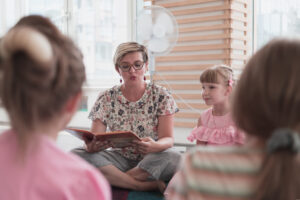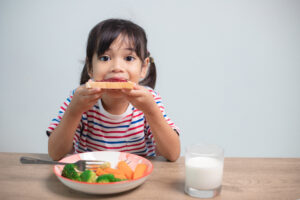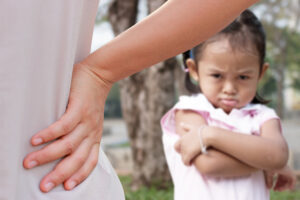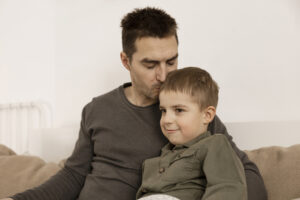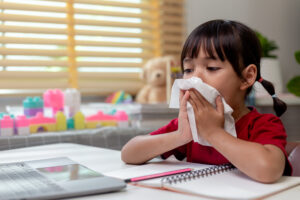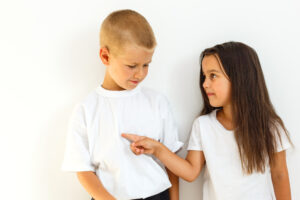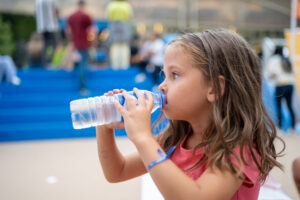In my journey as a childhood educator, I’ve witnessed firsthand the profound impact that emotional health has on children’s overall development.
Recognizing the importance of nurturing this aspect from an early age, I’ve integrated mindfulness practices into our daily routine.
These practices not only support emotional regulation but also enhance concentration, empathy, and resilience among the youngest learners.
Here’s how I’ve approached this vital component of early childhood education.
Understanding the Role of Mindfulness
Mindfulness, the practice of being present and fully engaged in the moment, offers numerous benefits for children’s emotional health.
The Benefits of Mindfulness
From what I’ve experienced, mindfulness practices can significantly reduce anxiety and stress in children, providing them with tools to manage their emotions effectively. It’s been remarkable to observe the transformation in children who learn to use mindfulness as a way to navigate their feelings.
Starting with the Basics
I’ve found that introducing mindfulness to young children requires simplicity and consistency. We began with basic breathing exercises, which I’ve personally seen foster a sense of calm and focus in even the youngest learners.
Implementing Mindfulness Practices
Incorporating mindfulness into the classroom has been a journey of exploration and adaptation.
Daily Mindfulness Moments
I’ve made it a point to include short mindfulness moments throughout our day. These can range from guided breathing exercises to mindful listening activities with nature sounds.
It’s become a cherished part of our routine, offering a peaceful reset for both the children and me.
Mindful Movement
Yoga and gentle stretching exercises have been my secret weapon. By incorporating these activities, children learn to connect with their bodies and experience the calming effect of movement, all while developing physical coordination and awareness.
Sensory Exploration
I’ve seen the power of sensory exploration activities in fostering mindfulness. Activities like feeling different textures, smelling various scents, and listening to different sounds encourage children to focus their attention on their senses, grounding them in the present moment.
Creating a Supportive Environment
The environment plays a crucial role in the effectiveness of mindfulness practices.
A Calm and Inviting Space
In my years of working, I’ve learned the importance of creating a physical space that invites calmness and concentration.
Soft lighting, comfortable seating areas, and the availability of calming tools like stress balls or sensory bottles have made our classroom a safe haven for emotional exploration.
Incorporating Visual and Audio Cues
I’ve personally tested the use of visual and audio cues to signal the start of mindfulness activities.
A gentle chime or a specific light color can help children transition into a mindful state, signaling that it’s time to focus inwardly.
Reflecting and Adapting
Mindfulness is a practice that grows and evolves with the children. Reflecting on our experiences has been crucial in tailoring our approach.
Observing and Listening
In my work, I’ve found that closely observing the children’s responses and listening to their feedback allows me to adjust the practices to better meet their needs. It’s a dynamic process that respects each child’s individual journey with mindfulness.
Celebrating Growth
I’ve gathered countless stories of growth and resilience as the children practice mindfulness. Celebrating these milestones, whether it’s a child taking a deep breath instead of reacting in frustration or sharing their feelings openly, reinforces the value of these practices.
Final Thoughts
Introducing mindfulness into early childhood education has been a transformative experience. It’s a journey that not only supports children’s emotional health but also enriches their capacity for empathy, focus, and self-regulation.
In my years of working with children, I’ve seen how these practices lay the foundation for a more mindful, compassionate approach to life’s challenges. By embedding mindfulness into our daily routine, we’re not just teaching a skill but cultivating a way of being that can support the children throughout their lives.
It’s a testament to the profound impact that mindful practices can have on young children’s emotional health and overall well-being.




